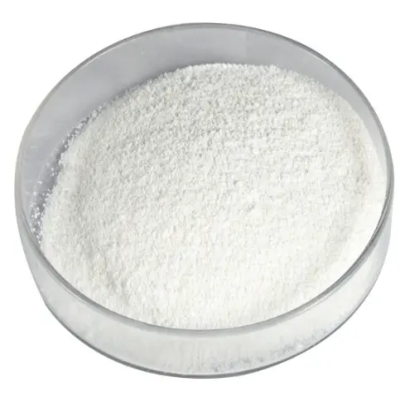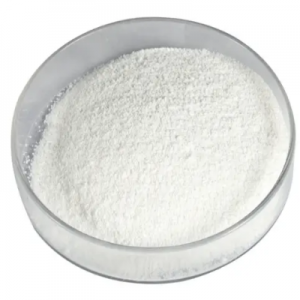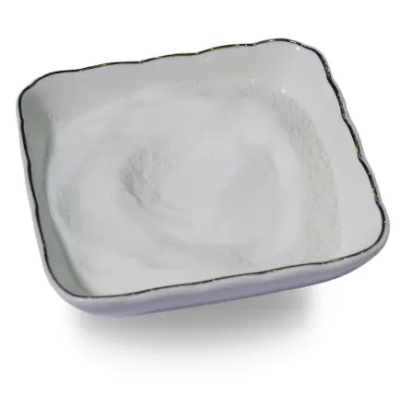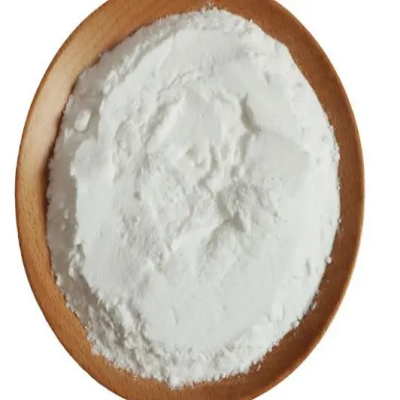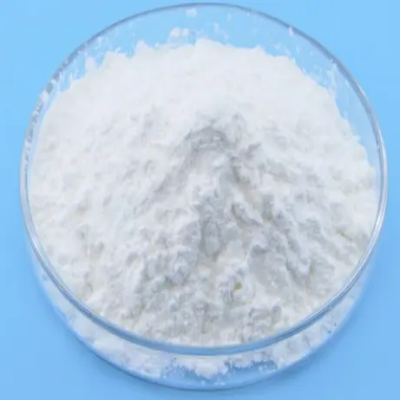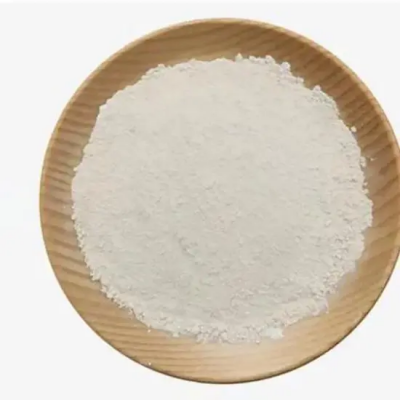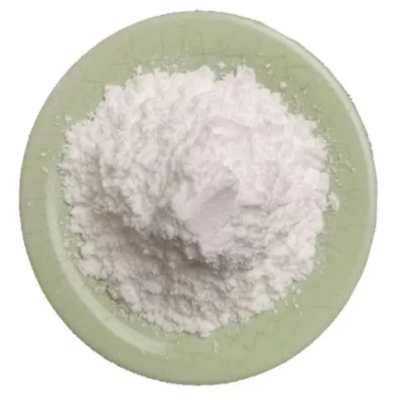Solifenacin succinate CAS:242478-38-2
Solifenacin succinate exerts its therapeutic effects by selectively blocking muscarinic receptors, particularly the M3 subtype, located in the bladder. This antagonism reduces involuntary bladder contractions and increases bladder capacity, thereby alleviating OAB symptoms without affecting voluntary muscle control. Clinical Applications The primary clinical application of solifenacin succinate is in the treatment of OAB symptoms, including urgency, frequency, and urge incontinence. Clinical studies have demonstrated its efficacy in significantly reducing these symptoms compared to placebo, with improvements noted in both objective measures and patient-reported outcomes. Pharmacokinetics Solifenacin succinate is orally administered and undergoes extensive first-pass metabolism in the liver. Peak plasma concentrations are achieved within approximately 3 to 8 hours post-dose, with a half-life of about 45 to 68 hours. This prolonged half-life supports once-daily dosing, enhancing patient compliance and therapeutic convenience. Safety and Tolerability Clinical trials have established solifenacin succinate as generally well-tolerated, with common adverse effects including dry mouth, constipation, and blurred vision. These effects are typically mild to moderate in severity and often diminish over time. Caution is advised in elderly patients and those with pre-existing conditions that may increase susceptibility to anticholinergic side effects. Future Directions Future research directions for solifenacin succinate include: Long-term Safety: Continued evaluation of its safety profile in extended use and in specific patient populations. Combination Therapies: Exploration of its potential in combination with other therapies to optimize treatment outcomes for OAB. Pediatric Use: Investigation into its safety and efficacy in pediatric populations to address pediatric OAB, expanding its therapeutic indications. Conclusion In conclusion, solifenacin succinate represents a significant advancement in the management of OAB, offering effective symptom relief through its selective muscarinic receptor antagonism. Its favorable pharmacokinetic profile and established safety make it a valuable therapeutic option for patients suffering from OAB symptoms. Ongoing research efforts will continue to enhance our understanding of solifenacin succinate's role in urological care, potentially improving treatment strategies and outcomes for individuals affected by this common and burdensome condition.



| Composition | 242478-38-2 |
| Assay | 99% |
| Appearance | white powder |
| CAS No. | 242478-38-2 |
| Packing | Small and bulk |
| Shelf Life | 2 years |
| Storage | Store in cool and dry area |
| Certification | ISO. |


